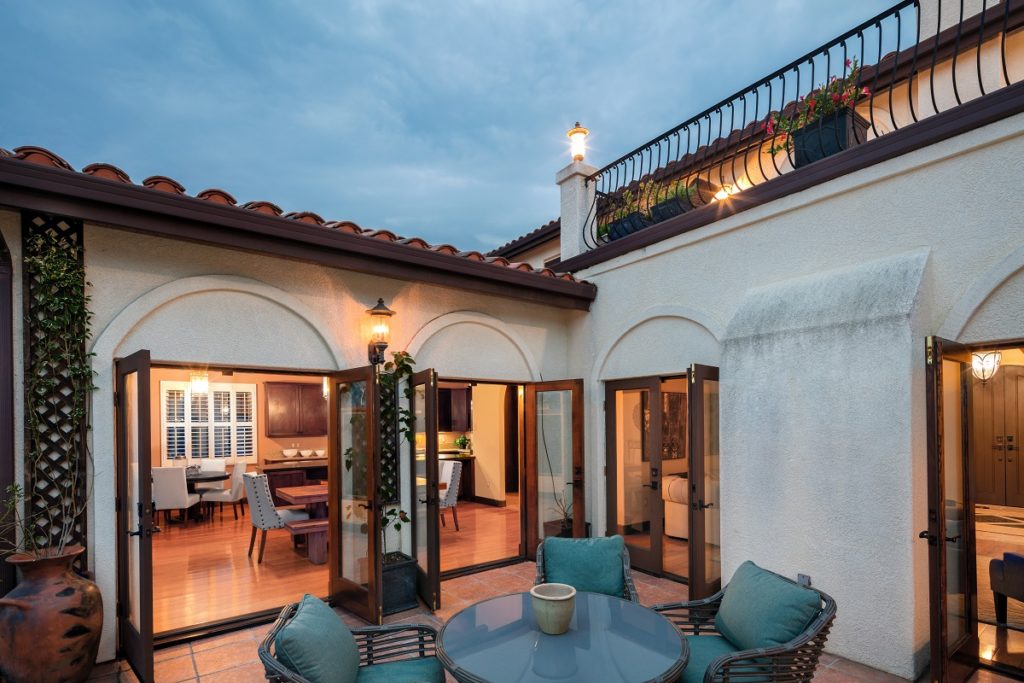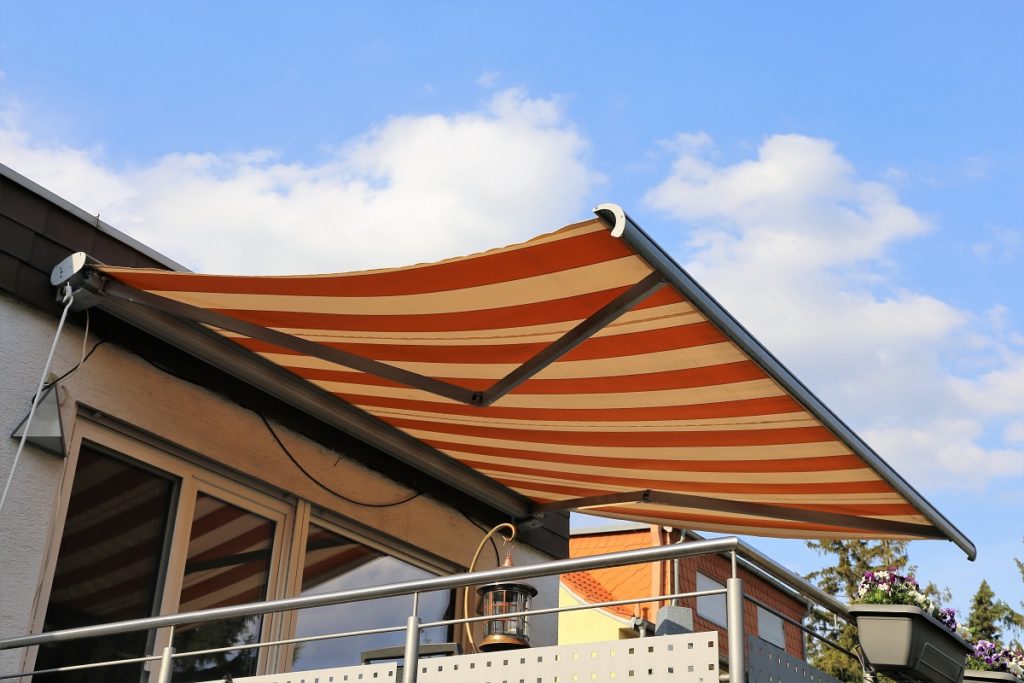Outdoor spaces offer a wealth of opportunities for homeowners, especially if you live near nature. While city living offers many benefits and conveniences, there’s nothing like being greeted by fresh air and chirping birds when you open your windows. Lawns and gardens also seem healthier and more verdant when surrounded by trees and wildlife. These are just some of the reasons why it’s important to make the most of your surroundings.
A house isn’t really complete without a proper backyard. While a healthy lawn and a few flower beds provide a good foundation for your home’s outdoor space, there are other things you can do to improve the connection between the interior and the great outdoors. You can get a home that feels bigger, lighter, and more vibrant. Whether you’re remodeling from top to bottom or just looking to add a few features, here are a few design ideas to get you started.
1. Ensure optimal flow
The flow between your outdoor spaces and the interior can have a big effect on your home’s livability. It could be as simple as rearranging furniture in the foyer to as big as installing floor-to-ceiling French windows for a better view of the backyard. To achieve optimal flow, make sure that the outdoors feels like a natural extension of your home, rather than a place that’s just outside.
It’s also important to consider how people move from the interiors to the outdoor space and vice versa. Your outdoor furniture must be appropriately sized for the space you have. If the furniture is too big, it could impede proper flow. As a general rule, there should be at least three feet of space around the pieces.
2. Separate into zones
There’s not much difference between designing for outdoor and indoor spaces. Even if you’re designing for an outdoor space, the same rules apply. For starters, make sure your outdoor space, whether it’s a porch or a patio, is divided into separate zones. That way, you have an area dedicated to an activity such as cooking, entertainment, and relaxation.
There are many ways to define zones. The first is to use natural features such as shrubs, trees, and rocks to establish separate areas. You may also use outdoor rugs to separate a dining area from the relaxation space. You could place one rug for the dining table and a second rug for the reading nook. Finally, make sure to check the direction of wind and light for optimal placement.
3. Don’t forget about protection

Designing an outdoor space requires more work for a long list of reasons. You have to consider heat, wind, moisture, and other environmental factors. Keep this in mind when choosing furniture and fixtures for your outdoor space, as they will be exposed to the elements. For instance, installing retractable patio awnings should offer some protection from heat and rain.
Umbrellas, awnings, and pergolas all offer much-needed shelter for your guests, which is important if you’re thinking of using your outdoor space as an entertainment area. Just make sure that the material you choose can withstand the weather changes.
4. Consider your privacy
If you’re the type who values their privacy, don’t forget to add this to your outdoor plan. Designing an outdoor space requires juggling different needs and wants, and it’s easy to let something like privacy fall by the wayside.
But without perimeter walls or privacy hedges, your private backyard will be exposed to strangers. Make sure to install privacy fencing or landscaping as a buffer between you and the outside world.
A final word
Keep these four design tips in mind if you’re looking to revamp your outdoor spaces. Planning for flow will help integrate your home with its surroundings. Separating your outdoor space into zones will also make for better space management. Finally, don’t forget about privacy and protection during the design stage.


